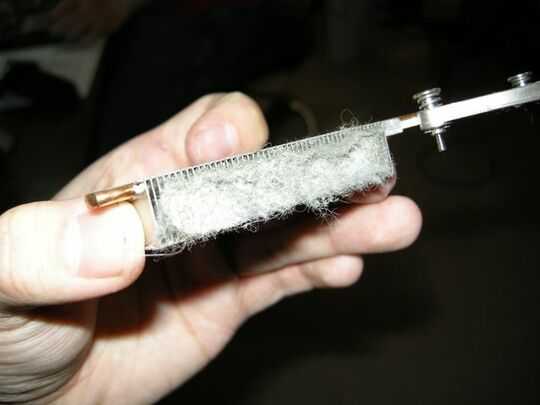9
4
So I have a Compaq CQ50-215CA and my sister was using her laptop on her bed and I was just using it quickly to check my email. The surface of the laptop was really hot and I opened Speccy to see that the CPU and GPU temperature was 96 C. A couple months ago, my laptop was on the desk without a cooling pad and I was playing a game. Using GPU-Z back then, I had a reading of 104 C. Even with a cooling pad on a desk, running several processes/games keeps me around 88-90 C.
Is this normal for a laptop and what's the highest temperature the internals can handle? Besides a cooling pad, are there any other more effective ways of cooling a laptop?

If you have fast AMD CPU there - thats normal. We had about 100 laptops in company, all AMD mobile processors were terrible, they produce a lot of heat, kill batteries quick. AMD is one or two ages behind Intel in nanometer race. I will never buy laptop with AMD CPU, but thats just my personal opinion. – Kamil – 2014-09-01T12:06:24.987